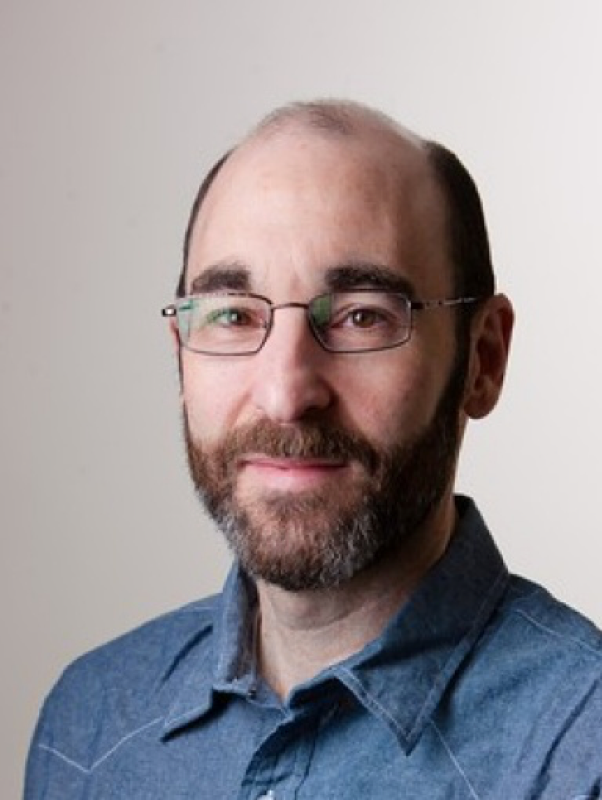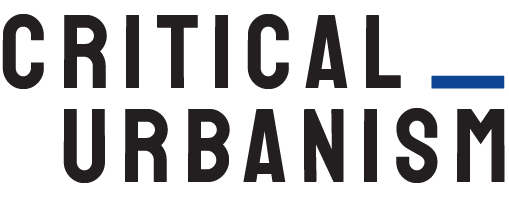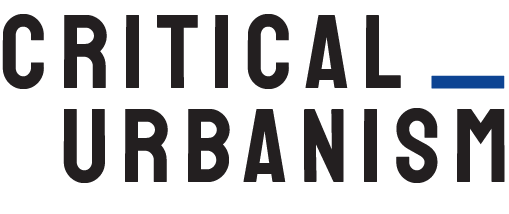
“The CYBERHOOD: Promoting Racial Justice and Progressive Leadership in the US Cities” – Interview with Professor Robert M. Silverman
How would you describe the values and goals behind The Cyberhood project?
The Cyberhood was launched in 2001 with a small grant from the Urban Affairs Association (UAA). It grew out of discussions at UAA about the paucity of public venues to share information about racial inequality in cities. The website was designed as a virtual community where students, scholars, practitioners, and social activists interested in urban change can find each other, share information, exchange ideas, and build professional relationships.
A core goal of The Cyberhood was to encourage collaboration between academics and people working on racial justice issues on the ground. This goal grew out of the recognition that many scholars, students, community activists, and others concerned about the problems of race, class, gender and central cities were isolated from one another. In particular, scholars and practitioners of color were separated from progressive whites. The Cyberhood was created to break down these barriers and give people from across race, class, gender, and disciplinary lines an opportunity to find each other and exchange information.
In addition to breaking down barriers across race, class, gender, and disciplinary lines, The Cyberhood was created to break down geographic barriers. Keep in mind, The Cyberhood was created when social media was in its infancy. It is one example of an early web-based platform to connect people and build community around pressing social issues.
The Cyberhood serves as a repository for publications, urban-community projects, webcasts, and other online content related to urban race relations. There are monthly updates made to the website where materials related to salient topics are posted. Much of the material posted on the website is submitted by members of The Cyberhood community. That community includes a core group of scholars, students, and practitioners who belong to a listserv with over 4200 members.
Do you have a point about the growing popularity of so-called citizen science (and the association of this mode of doing research with crowdsourcing)? Would you agree to call The Cyberhood a platform for citizen science?
Citizen science, at least in one iteration, falls under the umbrella of community-based participatory research. The idea behind that approach to doing research is that university-based researchers form collaborative partnerships with members of a community where they jointly frame research questions, collect data, conduct analysis, and develop strategies to disseminate research results. The goal of this approach is to ground research in topics that are relevant to people at the grassroots level and create an environment where community members drive the research process. There are other forms of citizen science as well. For instance, if research capacity is built at the community level, in nonprofit and grassroots organizations, then university-based researchers may not be part of a collaboration. Instead, community-based groups can conduct research in-house. Either way, the success of citizen science is built on the notion that research infrastructure is in place so grassroots organizations can pursue their own independent analysis. That might include things like publicly available data, access to programs where community members can get training and certification, and open source software and research tools that community groups can use. The general idea is that the democratization of research is built on public access to data and information.
The Cyberhood was designed to provide grassroots groups with information about networks of researchers, and sources of information that can be tapped into to support things like citizen science. It is not a platform for citizen science per se, but it is a place where people interested in doing community science can find information, examples of others’ work, and make connections. In terms of doing research with crowdsourcing, I think that approach is less desirable than creating a robust system of open source data, software, and research tools. Crowdsourcing is necessary in environments where community groups have to fundraise so they can pay the costs of doing research. The problem with that model is that many community groups are cash-strapped and the constituencies they advocate for are not in a position to raise substantial resources to engage in research. Fortunately, web-based tools and the availability of public use data has proliferated since the time that The Cyberhood was created. In order to democratize research, there has to be a larger public commitment, even a requirement, to keep information freely available in the public domain. From a citizen science perspective, there is an implicit right to information that ensures an even playing field with respect to research.
Which notions and practices of civic participation you find the most interesting in current urbanist research and education in the USA?
Since The Cyberhood was launched, there have been a number of other web-based and social media-based tools created to promote civic participation. Two trends related to these tools are most relevant in relation to current urbanist research and education.
One is the use of these tools to build research capacity at the grassroots level. It is important to include participatory action research methods in curriculum that urban researchers are exposed to, and then to disseminate those techniques at the grassroots level so community-based groups can engage in research with scholars. More importantly, the dissemination of research skills and techniques to the grassroots level needs to be a focus of the scholars, so community-based groups can initiate their own research activities to support efforts to reform policy and promote change. That type of dissemination needs to be built around an ecosystem where training materials, data, and software for analyzing it is web-based, open source, and publicly accessible. One push at The Cyberhood is to identify those types of resources and make them more accessible to grassroots researchers.
Second, using web-based resources to promote community empowerment is an emerging trend. This differs from capacity building, since the focus is on exposing grassroots groups to community organizing strategies that can be tapped into to focus research and disseminate research results in ways that develop progressive leadership and change who holds power in the policy making process. Again, The Cyberhood was envisioned as a tool to promote this type of leadership development by connecting people with information about community organizing and inspiring them to become politically engaged. That goal applies to university-based researchers who are interested in becoming more engaged in activist scholarship, as well as community-based activists.
Could you perhaps give your examples of current progressive leaders and their impact on the policy making process?
There are a number of nonprofit and community-based organizations, some of which are listed on The Cyberhood, that engaged in research that is intended to impact the policy making process. Some are national organizations like the Poverty & Race and Research Action Council (PRRAC). PRRAC is a good example of an organization where its executive director and board use evidence based research to inform the policy process. There are similar organizations at the local level across the country, for instance, in Buffalo the Partnership for the Public Good Partnership for the Public Good (PPG) – Buffalo, NY is an organization that engages in community-based research and advocacy through partnerships with community groups. There are also a number of local leaders who have emerged from collaboration with these types of organizations and the networks they are a part of. One local example in Buffalo is India Walton. She is a grassroots activist in Buffalo who ran a strong campaign for Mayor during the 2021 election cycle in the city. Although she was not elected Mayor, her campaign brought a number of issues to the forefront that continue to shape local and the national political dialogue. One involved the use of community land trusts to revitalize low-income neighborhoods and address issues of housing affordability. That policy option, as well as others, grew out of community based research that groups like PRRAC and PPG have been working on for years.
In your view, which theoretical principles are the most adequate to tackle current racial and class divides in the US cities?
As a starting point, it is important to revisit the works of people like Myles Horton and the model for community organizing developed at the Highlander School. That model had a few key elements that should be part of any effort to bridge the race and class divide. First, community organizing has to begin with building capacity and developing leaders at the grassroots. The idea behind that approach is that policy making bodies have to expand and include new leaders from black, brown, and disenfranchised communities.
Second, the agenda for any community organizing effort has to be set and guided by the people being trained to go out and conduct grassroots research and advocate for policy change. This framework forces “experts” to adapt the tools of community organizing to issues that are highly salient at the grassroots level, and to identify appropriate technologies that can be used to pursue research and policy change in the most inclusive and democratic manner.
Third, it is important to empower grassroots leaders with educational credentials that validate the research and other information they bring to policy debates. It isn’t enough to provide people with access to research methods, open source software, and public data. Those skills can be augmented with credentials that institutional partners provide. These credentials can come in the form of co-authorship of policy reports, or more appropriately, through continuing education that grassroots leaders can access in classroom settings or online. For instance, there is growing interest in creating social justice and advocacy planning certificate programs at universities, and similar types of continuing education opportunities.
Finally, racial integration and cross-class relationships should be a centerpiece of the community organizing process. This doesn’t mean that opposing sides on issues should be brought to the table. Instead, people from all walks of life who agree on prompting social change should intentionally work collaboratively and engage in community organizing together. This is important because backlash and opposition to change is ever-present. It is important for groups advocating for change to acknowledge this and form a united front to push back against opponents to change.


